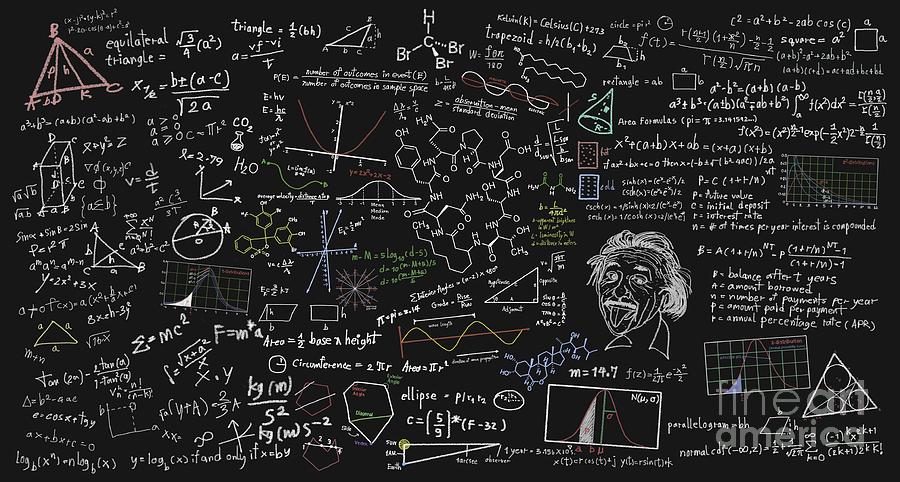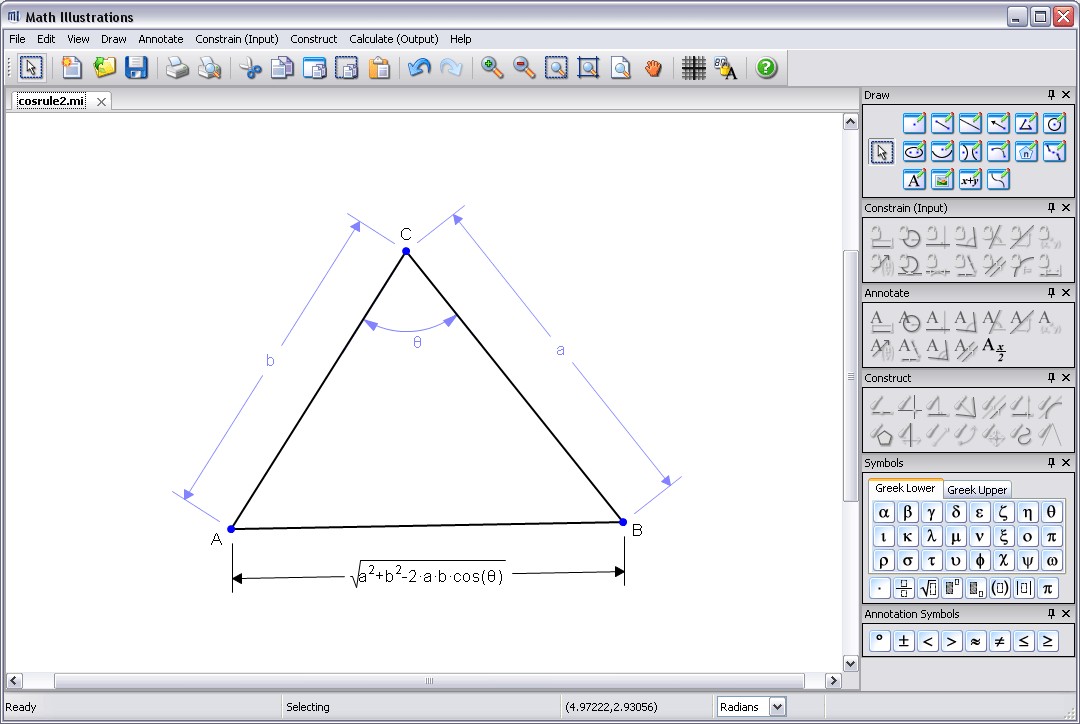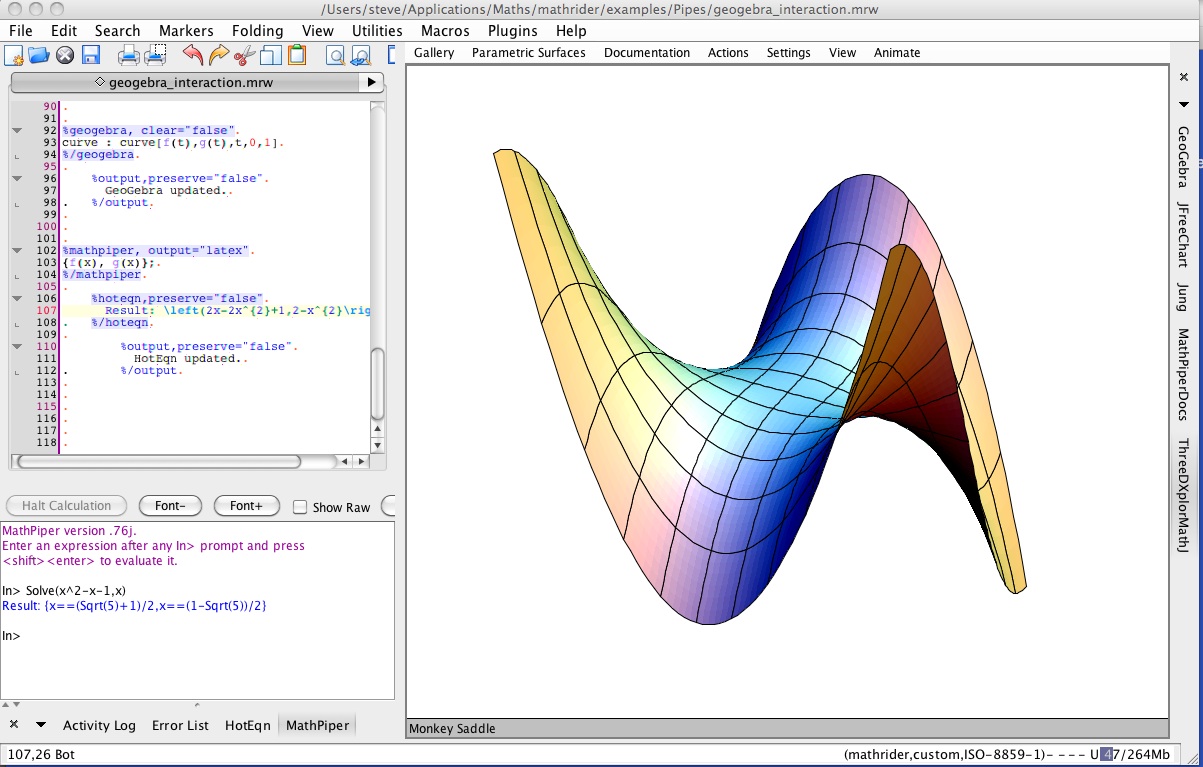
- #SALTIRE SOFTWARE MATH ILLUSTRATIONS PDF#
- #SALTIRE SOFTWARE MATH ILLUSTRATIONS FULL#
- #SALTIRE SOFTWARE MATH ILLUSTRATIONS SOFTWARE#
- #SALTIRE SOFTWARE MATH ILLUSTRATIONS CODE#
- #SALTIRE SOFTWARE MATH ILLUSTRATIONS PLUS#
Nevertheless, the ability to describe a drawing precisely with a script is what I need, and it's what the app delivers.
#SALTIRE SOFTWARE MATH ILLUSTRATIONS FULL#
I always have lots of trouble navigating the online documentation, so I know I'm not getting the full benefit of the program. A fully-labeled illustration of the Euler Circle can be created with a few lines of script. Some example files show an amazing facility for geometric drawings: named points, marked angles, primitives for things like barycenter and circumcenter, TeX-styled labels, etc.
#SALTIRE SOFTWARE MATH ILLUSTRATIONS PDF#
And not to be confused with PDF utility company "Smile on My Mac") Here's a screenshot from the 10.1 release: I got it to run on Ubuntu 20.10 by downloading the 10.1 prebuilt from the official download page on SourceForge (unfortunately). You can use a custom scripting language to automate it (shame not python), and the GUI has widgets to vary parameters, including animations in time. Not a huge community as of 2020, but it does seem to be able to produce some really nice 3D parametric/isocurve graphs with OpenGL and customizable shading. equality of edges of that triangle:Īnd then after conversion to PNG for uploading here: inkscape -b 'FFF' -z -w 512 eye.svg -e eye.png With that, I obtain a perfectly specified figure, you can see some constraints showing on the FreeCAD GUI, e.g. FreeCAD is a bit intimidating since it does so much more than 2D figures, so just watch this video: To export to SVG, you have to create a sketch. This might be a reasonable workaround until the blessed day when Inkscape will implement constraints. last release on SourceForge is from 2011.įreeCAD is not focused on doing nice looking SVGs, but a possible workflow would be to export a perfect geometry to SVG, and then import the SVG into Inkscape to finish more visual details.
#SALTIRE SOFTWARE MATH ILLUSTRATIONS SOFTWARE#
This is a bit along the lines of what Software for drawing geometry diagrams mentioned kseg can do, except that kseg seems a bit abandoned, e.g. This is usually a bit overkill, but it is really cool.įreeCAD, as a CAD software, actually supports explicit constraints with a constraint solver.

There isn't LaTeX math support in an extremely convenient out-of-box way it seems, but there are some possible methods available: The "Align and Distribute" tool also helps, acting as "one time constraints", but there's no way to make real permanent constraints right now.

"same widths, parallel, etc.", but you can generally get decent results by just snapping to a grid in the editor. Inkscape currently doesn't support constraints however unfortunately: e.g. Intuition behind normal subgroups shows a more free-form block diagram I've put up myself: shows how it supports doing intersection of figures (you have to potentially copy objects to merge them): Inkscape had been previously mentioned at: Software for drawing geometry diagrams but here are some demos that felt relevant. media/videos/basic/480p15/OpeningManimExample.mp4 I'll let a sample video speak for itself: This is based on the engine that 3blue1brown uses for his amazingly looking videos, which include complex moving graphs and formulas. The layout engine is a fairly direct adaptation of the layout algorithms in Donald Knuth's TeX, so the quality is quite good (matplotlib also provides a usetex option for those who do want to call out to TeX to generate their text Note that you do not need to have TeX installed, since Matplotlib ships its own TeX expression parser, layout engine, and fonts. One advantage of Matplotlib is that it has its own LaTeX subset parser, and thus dispenses a full LaTeX installation for mathematics as mentioned at :

But there is even a draft pull request for it. In that example, we can see how I was unable to place the little circles above the plot as I would have wanted, showing how 3D is not perfect. For example, here's my attempt at a Bloch sphere illustration that I made for this other answer: As a result, the 3D interface is particularly clumsy and rather incomplete.īut you can get away with sometimes if your requirements are not too strict. It must be said that Matplotlib is not perfect for 3D however, as it does not support an OpenGL backend.
#SALTIRE SOFTWARE MATH ILLUSTRATIONS CODE#
And when it doesn't, it is often not hard to code it yourself and submit a patch.Ĭonsider for example this simple educational graph demo I've made:Īlso note that nothing in that demo is mandatory: you could easily rip off the axes or title for example. It must be said that since it's main focus is not illustration, sometimes you have to Google a bit for the solution, but one often exists, or at least a reasonable workaround.
#SALTIRE SOFTWARE MATH ILLUSTRATIONS PLUS#
Although Matplotlib's focus is on data plotting, it has become so featureful that you can generally produce good 2D illustrations with it.īeing written in Python is also a huge plus over domain specific languages like gnuplot.


 0 kommentar(er)
0 kommentar(er)
